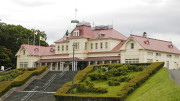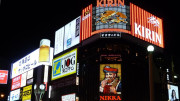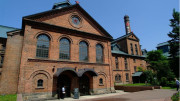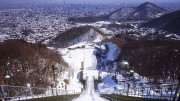Sapporo boasts an extensive public transportation network, including JR lines, a subway system, streetcars, and buses.
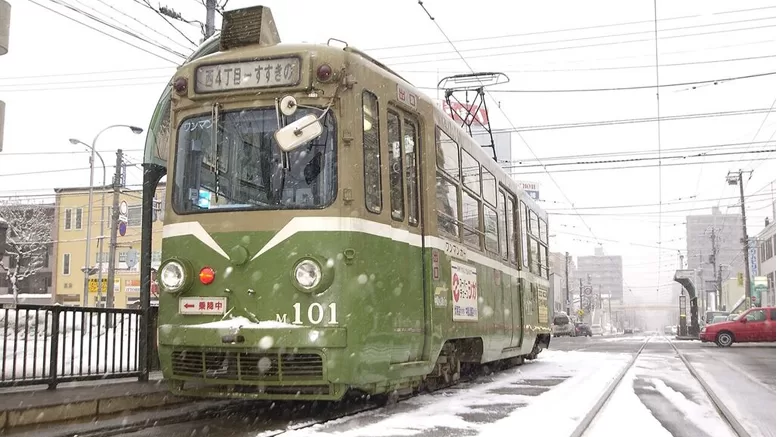
Subway System
Established in the early 1970s in preparation for the Sapporo Winter Olympics, the city’s subway comprises three lines:
- Namboku and Toho Lines: These lines run north-south, with major interchanges at Sapporo and Odori stations.
- Tozai Line: This line runs east-west and connects to Odori Station, where passengers can transfer to the Sapporo Streetcar.
Uniquely, Sapporo’s subway utilizes rubber-tired trains guided by a central track, allowing for faster acceleration and the ability to navigate steeper gradients. Above-ground sections are enclosed in sheds to ensure year-round operation, even during heavy snowfall.
Fares range from 210 to 380 yen, with one-day passes available, as well as the “Donichika Kippu,” a discounted one-day pass valid on weekends and public holidays.
JR Lines
Sapporo Station serves as the hub for JR Hokkaido services, including the Hakodate Main Line and the Chitose Line, which connects to New Chitose Airport. The Chitose Line offers rapid services like the “Semi-Rapid Airport,” introduced in March 2024, providing convenient access between the airport and the city.
JR also offers the Hokkaido Rail Pass, which provides unlimited travel on JR trains (except the Shinkansen) and many JR-operated buses across Hokkaido. Like the Japan Rail Pass, this pass is exclusive to tourists and is cheaper if purchased before traveling to Japan.
IC cards from other regions, such as Suica and Pasmo, are accepted on JR services within cities. However, IC cards cannot be used for intercity travel (e.g., from Hakodate to Sapporo), so separate tickets must be purchased.
Streetcars
The Sapporo Streetcar, operational since 1909, remains a popular mode of transport. The looped route offers scenic views of the city, making it a great way to explore Sapporo. A recommended trip is from Odori Park to the Susukino entertainment district, or alighting at Ropeway-iriguchi to visit Mt. Moiwa.
A single ride costs 200 yen, and IC cards like Suica and Pasmo are accepted.
Passengers can also purchase various passes, including:
- 24-hour passes
- One-day passes
- “Dosanko Pass” – a discounted one-day pass available on weekends and public holidays
Buses
Sapporo’s bus network, operated by companies such as Hokkaido Chuo Bus, JR Hokkaido Bus, and Jotetsu Bus, complements the rail system by serving areas not covered by trains. Bus terminals are conveniently located near subway stations for seamless transfers.
Various one-day and multi-day bus passes are available, but it’s important to check the details before purchasing. Some passes are valid only for a specific bus company, while others cover multiple bus operators within a particular area.

